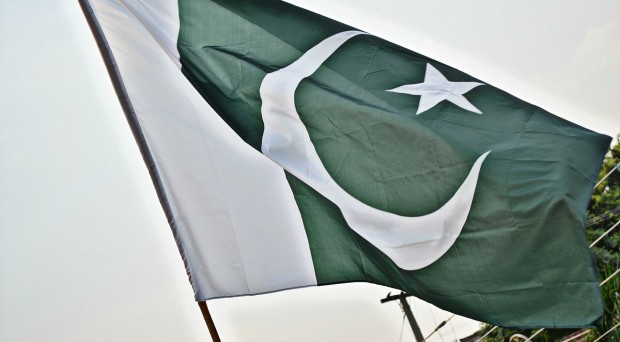
Thirty two year old Ms. X started injecting pharmaceuticals after she was admitted in a hospital for a couple of months following the drowning and death of her brothers and sisters. She was 14 years old at that time.
Her behavior had become irritable and aggressive and finally, her brother brought her the injectables from a drug store she had wanted. She injected for many years after that. “Finding drugs is not a problem; you can get it anywhere”. A few months ago, her husband found out about her drug habit and left her. “I don’t have any means of income anymore.This country will be a much better place without those who sell drugs”, she says.
Ms. X is not alone in Pakistan. According to findings of a national drug use survey implemented by the National Statistics Bureau in 2012 with financial and technical support from UNODC, 6.7 million people had used one or more illicit substances during the 12 months of having been interviewed. Among the 6.7 million people were an estimated 430,000 men and women who had injected illicit substances for non-medical reasons.
Limited treatment
There are currently no standardized drug treatment and rehabilitation services in the country and people in need of services turn to whatever services are being provided by the public and private sectors that they can access.
Despite widespread use of illicit drugs and misuse of over-the-counter pharmaceuticals, access to and use of drug dependence treatment and HIV prevention, treatment and care services remains limited.
There are currently no standardized drug treatment and rehabilitation services in the country and people in need of services turn to whatever services are being provided by the public and private sectors that they can access.
Access to and uptake of HIV services is also of concern, despite some of the highest HIV prevalence among people who inject drugs globally are in Punjab and Sindh provinces (e.g. MandiBahaudin (52%), Faisalabad (47 %), Karachi (42%), D.G. Khan and Gujrat (40%)).
Uptake of HIV treatment
Program coverage of needle and syringe exchange programs (NSPs) remains below optimal levels and only one in ten of an estimated 94,000 people living with HIV are accessing HIV treatment.
The vast majority of people living with HIV, most of whom have a history of injection drug use, are either not accessing treatment for HIV or are unable to adhere to treatment.
The vast majority of people living with HIV, most of whom have a history of injection drug use, are either not accessing treatment for HIV or are unable to adhere to treatment. In a recent survey of 545 people who use drugs by the Association of People Living with HIV (APLHIV), 298 people (54.7 %) had tested for HIV while the number of study respondents who reported being on antiretroviral therapy (ART) was only 23 people (4.2 %), despite a high overall prevalence of HIV in the population of people who use drugs.
In the same survey, 25.3 % (138 people) reported having been denied access to medical care “in the recent past” and 28.1 % (153 people) had been denied admission in hospital.
Furthermore, opioid substitution treatment – an evidence-based treatment of opioid dependence which could prevent onward transmission of HIV among people who inject opiates – remains unavailable in the country due to the lack of concurrence for its introduction by the Government.
The challenge for the future
A coordinated effort is required by all stakeholders if the current trend of an increasing number of new HIV infections each year reported is to be reversed in Pakistan.
Unless the high level of stigma associated with drug use and HIV, limited coverage of existing harm reduction services and lack of standardized quality drug treatment services, including pharmacologically assisted treatment of opioid dependence, are addressed, it will remain a formidable challenge to achieve the “90-90-90” targets as set out in the 2016-2021 Fast Track Strategy of UNAIDS.
There is no room for complacency. A coordinated effort is required by all stakeholders if the current trend of an increasing number of new HIV infections each year reported (ever since the first case was diagnosed 30 years ago) is to be reversed in Pakistan.
Comments